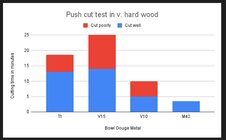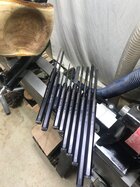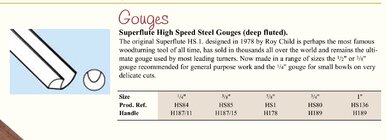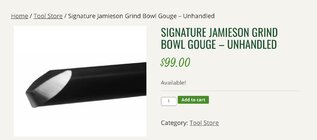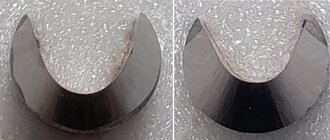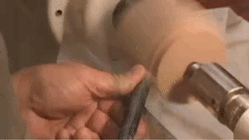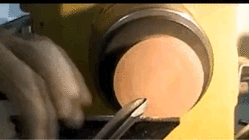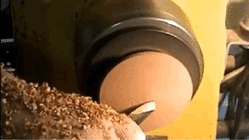My philosophy - when the mood strikes, never miss the opportunity to buy another Thompson tool.

The steel is so good I’ll get extra scrapers, skews, and different sizes of plain round rods and grind them into specialty NRS and other tools.
Also, the turning experience can be enriched with more than one of the same tool. For example, I keep multiple 3/8” spindle gouges with identical grinds. When one gets dull I set it aside and put a sharp one into the handle. When they all get dull I stop, set up a Tormek jig, and sharpen them all. This does two things, 1) the dulled edge doesn’t interrupt my workflow, and 2) it’s quicker overall since it takes more time to set up the jig than it does to sharpen, so I only have to set it once for the set of gouges. (I realize others do things differently and that’s fine, but that’s the way I’ve done it for years.)
And if I buy another tool every time I see Doug I get another of his great zippered bags!!
Some of this comes from having no self control when it comes to good tools. It’s a personality defect I was apparently born with.


